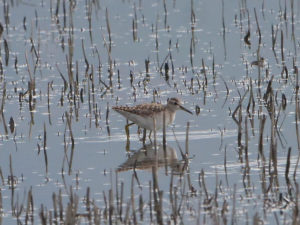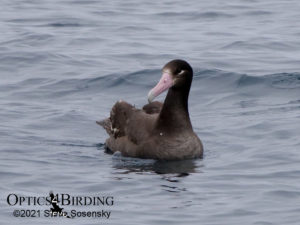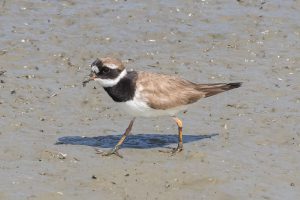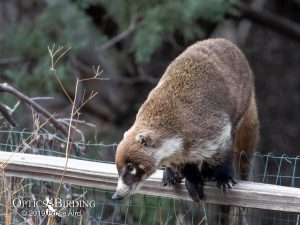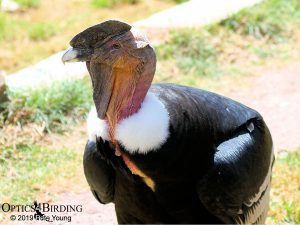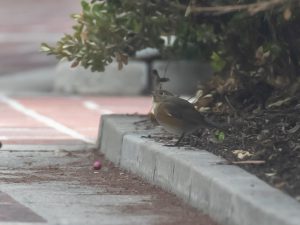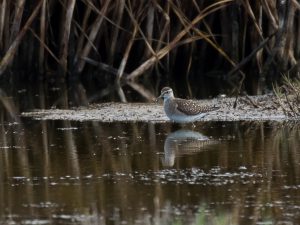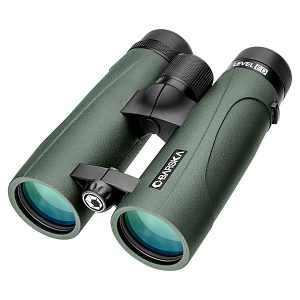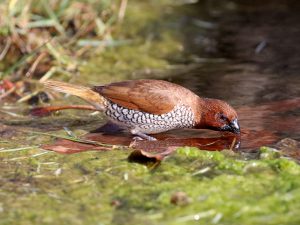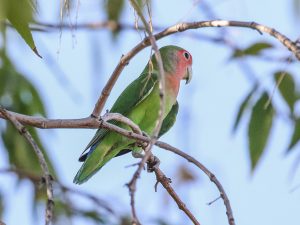Wild Goose Chase: Wood Sandpiper
The chance to get two life birds in SoCal in the same day led to a literal wild goose chase. On Sunday 3/12/2023, my wild goose chase took over 350 miles of driving and added several year birds as well. The first leg was a 75 minute drive to the San Jacinto Wildlife Area. We were able to get into a private duck club at which a Wood Sandpiper was resident. We were only the second guided group admitted. The Wood Sandpiper stayed partially hidden and quite a distance away for more than an hour. It then flew to another pond. When I reached the new location, it was much closer, in more open reeds and better light. These images taken with my 100-400 lens with a 2x crop factor required only slight centering crops and resizing.
Continue reading

